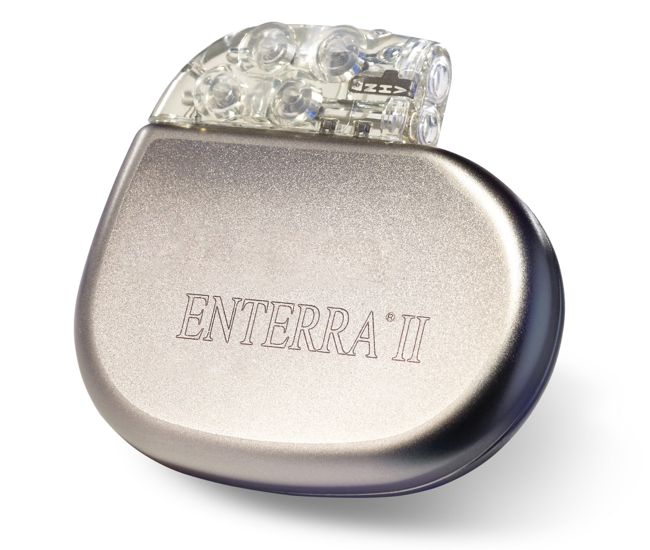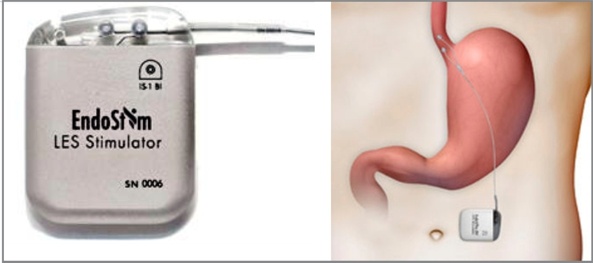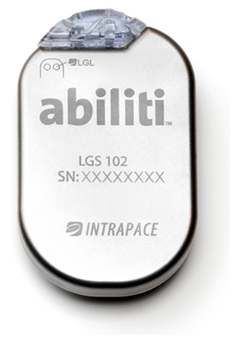
Image Credit: Enterra Medical
In 2022, Enterra Medical was formed to continue the development of “Enterra Therapy” for the treatment of gastroparesis.This is a condition where the stomach muscle is paralyzed, leading to delayed emptying of food into the small intestine.
The Medtronic Enterra device was approved by FDA in 2000 under a Humanitarian Device Exemption (HDE) “for use in the treatment of chronic intractable (drug refractory) nausea and vomiting secondary to gastroparesis of diabetic or idiopathic etiology in patients aged 18 to 70 years.” HDEs are used by FDA to approve devices intended for a population of fewer than 4,000 people in the U.S. by simply demonstrating safety and probable benefit.
FDA approved the Enterra II device in 2015, also under HDE. Compared to the original device, the Enterra II System offers improvements to the programming software, the battery life indicator, and a customized tool used by physicians to implant the device.
After spinning-off Enterra, Medtronic still manufactures the device and “remains a strong operational partner in this new management model.”



 Leptos Biomedical was founded in Fridley, MN in 2002 by Dr. John D. Dobak. Leptos intended to develop an implantable device to stimulate the greater splanchnic nerve, that was hoped would result in reduced food intake and increased energy expenditure.
Leptos Biomedical was founded in Fridley, MN in 2002 by Dr. John D. Dobak. Leptos intended to develop an implantable device to stimulate the greater splanchnic nerve, that was hoped would result in reduced food intake and increased energy expenditure. Intrapace was founded in Mountain View, CA by
Intrapace was founded in Mountain View, CA by  Transneuronix, Inc. was founded in 1995 and was based in Mount Arlington, New Jersey. It was acquired by Medtronic in 2005.
Transneuronix, Inc. was founded in 1995 and was based in Mount Arlington, New Jersey. It was acquired by Medtronic in 2005.